
8 minute read
ARCHERY: ARCHERY: ARCHERY: ARCHERY: NOT YOUR STANDARD NOT YOUR STANDARD NOT YOUR STANDARD NOT YOUR STANDARD
range, and she wanted to try it out, so I tagged along.”
Within archery, there are numerous types of bows, all with different purposes. Compound bows are designed for maximum efficiency and power. This bow requires a system of pulleys and cables, meaning that less physical strength is needed from the archer, and it is easier to draw this bow up when compared to others.
Archers can use mechanical release aids, making the compound more accurate from larger distances than other bows. This bow’s most significant advantage is its accuracy and power from a greater distance from the target. This bow also has more customizations and add-ons, requiring less upper-body strength. Despite recurve being the only bow used in the Olympics, there have been proposals to add compound bows to the 2028 games.
A third common bow is a longbow. The Antigua version of the recurve bow, longbows, are made from wood and lack modern stabilizers and add-ons/ accessories. Longbows are not notably recurved, and their limbs are proportionally narrow and circular or D-shaped in
From Apollo to Arjuna, archery has been ingrained in society’s stories and culture since ancient times. Explore how archery has
Cthe bow and arrow have, in some ways, become a mythical weapon akin to Zeus’ lightning bolts. But archery has not al ways been glamorous, nor is it so whim sical. Archery was a valuable hunting method for thousands of years, and even today, the sport persists among scores of people. But what does archery look like nowadays, and how has it changed over the years?
Used as a hunting method since an cient times, the first example of archery as a sport dates back to 1583, and the sport is still played today, despite the the cross-section. These bows date back to the paleolithic era, as they were used for hunting and warfare.

Often, people begin shooting with a barebow, a basic version of the recurve bow with no accessories, which helps archers focus more on consistency and perfecting aim due to its simplicity. It is traditionally used in field archery but has recently been implemented in target archery. Field and target archery is based on the same concept, hitting the target as accurately as possible. However, field archery requires archers to shoot in rough terrain and heavier wind conditions and is think the different styles are sort of like branches into different views and cultures but the overall foundation is still the same Sera Zhang meant to represent real-world situations. Target archery, on the other hand, is conducted under more controlled conditions and settings. Zhang shoots the longbow, which is not classified as an archery discipline for competition, so she shoots within the barebow division.
“There is a style difference although both disciplines have no sight or stabilizer, (as you would see on an Olympic Recurve) longbows are typically made out of wood and one piece, while most people who shoot barebow have a metal recurve,” Zhang said.
Archery culture is very diverse because each discipline has its own community.
Target Breakdown Target Breakdown Target Breakdown Target Breakdown
1. Hitting the inner yellow circle will reward you with ten points for a bullseye ry than others. Furthermore, the recurve bow’s simplistic mechanics allow for easy
Within Paly, sophomore Sera Zhang (‘25) is among the few archers shooting competitively. Zhang started archery two
After almost a year of shooting at Stevens Creek and Palomo Archery, Zhang decided to start competing. She has traveled across the state to numerous competitions, from the short indoor season (January to February) to the much longer outdoor season (June to December).
“It’s an activity that requires no close contact, which came in useful,” Zhang said. “I got introduced by my mom, we used to live close to an outdoor archery
2. Each circle going out from the middle yellow ciircle will decrease by one point.
From recurve to compound, a different population profile performs with each bow.
“I think the different styles are sort of like branches into different views and cultures, but the overall foundation is still the same,” Zhang said. “There is something everyone can benefit from by getting to know all the disciplines, even if you don’t shoot that. For example, barebow and compound might be really different, but both can benefit by learning from one another.”
With the many variations in mind, the United States Archery Association (USAA) has sought to implement rules and regulations regarding equipment use and requirements. There is a main emphasis on the rules of equipment in archery, and breaking said rules could lead to severe competitive disadvantages for the perpetrator. Beyond bow use, a main subset of the regulation is devoted to the competition dress code. Like most other sports, archery has a dress code built into its rules. Unlike most sports, the dress code in archery is essential to safety and survival rather than just for athletic advantage. To compete, an individual must be in “professional athletic apparel.” Ripped, torn, or dirty clothes, shorts, skirts, or shoes that do not cover the entire foot are prohibited. Leggings and other tight-fitting pants are often worn, and upper garments must have long sleeves and full coverage of the front and back of the body. Closedtoed shoes are essential unless an archer is experiencing an injury or disability and has been approved by the USAA to do otherwise. These rules help avoid injury as they eliminate unnecessary exposure to injury.
Beyond proper dress codes, various “range” regulations are put in place to ensure the safety of the athletes. Some basic rules include keeping arrows always pointed down and maintaining a safe space between yourself and others. You must never cross into their shooting lanes with any part of your body or shoot in any other lane besides yours. Finally, always pay attention to your surroundings, especially when moving around the shooting range, and always walk on the range, don’t run!
Competitors’ arrows must match the shaft (the body of the arrow) and fletchings (part of the shaft that stabilizes the shaft by causing it to spin in the air). Arrows must be marked with the archer’s initials in the same place on each shaft for identification purposes. In USA archery events, the arrow can’t exceed 9.3 mm in diameter, and the arrow tips cannot exceed 9.4mm.
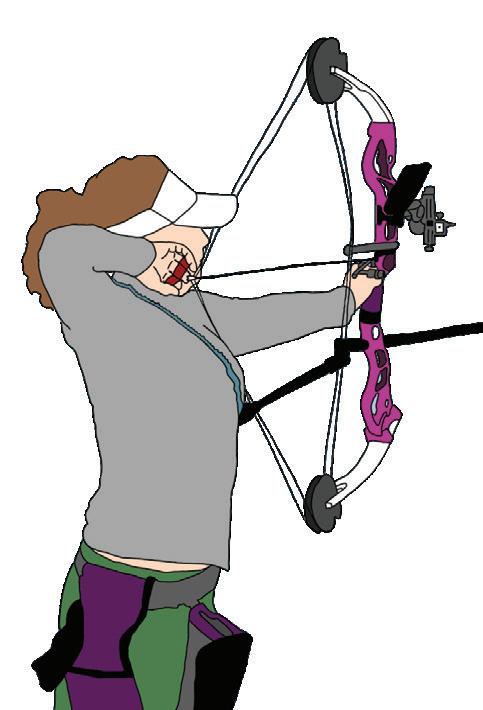
When you are shooting, always place one foot on each side of the shooting line when shooting. Once all arrows have been released, step away from the shooting line and place your bow back on the rack while you wait. It is important that once everyone has completed the round, ask “clear?” to guarantee it is safe to retrieve the arrows. It is crucial to know and obey the rules of the range when participating in archery, along with inspecting all equipment before shooting. Archers are usually divided into two groups, A group and B group, for competitions. Archers in the A group step up to the shooting line after hearing two whistles. They then load their arrow and wait for one whistle before shooting their arrows during the time period. Once finished, they wait behind the waiting line, and two whistles occur again, prompting group B to advance to the shooting line. As all archers finish shooting, three whistles occur, signaling walking into the range and collecting their arrows is safe. As for competition rules, target archery uses red, yellow, blue, black, and white circles on its targets. Each color is designated to a different score. The target scores ten points for the inner ring and only one point for the outer rings. Each color has 2 circles, the inner ones result in 1 more point than the outer ones. Hitting the inner yellow circle will reward you with ten points; each circle going out after that is one less point.
After all, archers are done shooting, and it is safe to walk down range; archers score their shots after each end. Removing or touching the arrows in the target is prohibited until they are officially scored. The arrows are scored based on the position of the shaft in the target face. If the arrow is between two colors or dividing lines, the arrow gets the higher value. Two scores are assigned to each target, and they enter the range to check the value of each arrow. A judge decides if there remains a disagreement between the archers and the scorers.
Archers can score a maximum of 30 points for three arrows in each set. The archer with the highest score earns two set points, and a tie earns both archers one set point. The first archer to earn six set points wins and can move to the next round.
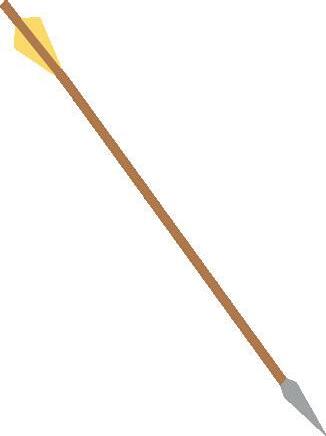
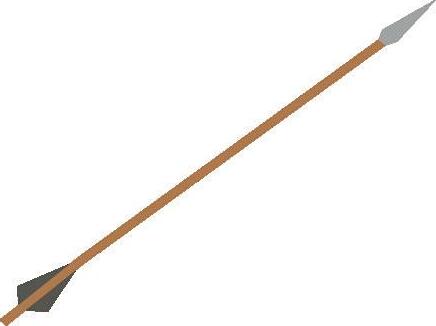



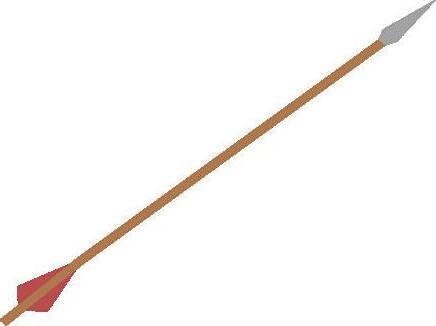

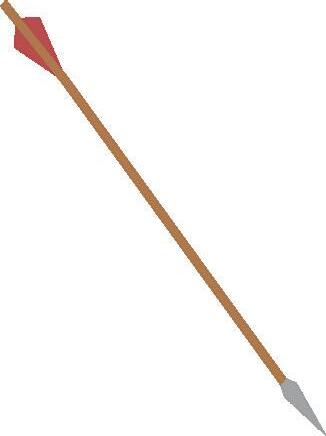






The Bay Area has been an epicenter of athletic archery for decades. Numerous clubs and ranges have popped up all along the Bay.
Close to home, Palomo Archery has remained the only indoor archery range in Palo Alto. It was started by Peter Palomo, a Certified National Field Archery Association instructor (NFAA) with over 35 years of experience.
Palomo ensures that his range is open to archers of any level, both a place for everyday training to learning how to hold a bow for the first time. There is a plethora of bow and arrow maintenance tools. Since archery is an equipment-heavy sport, equipment upkeep is very important.
Archery is one of the most unique sports with an intriguing history. As we begin seeing major changes at the Olympic level, archery as a sport will continue to evolve and change, as it has done since the first arrow was fired.
WHICH BOW IS FOR YOU? WHICH BOW IS FOR YOU? WHICH BOW IS FOR YOU? WHICH BOW IS FOR YOU? Hunting
Start Here Start Here
Beginner Expert




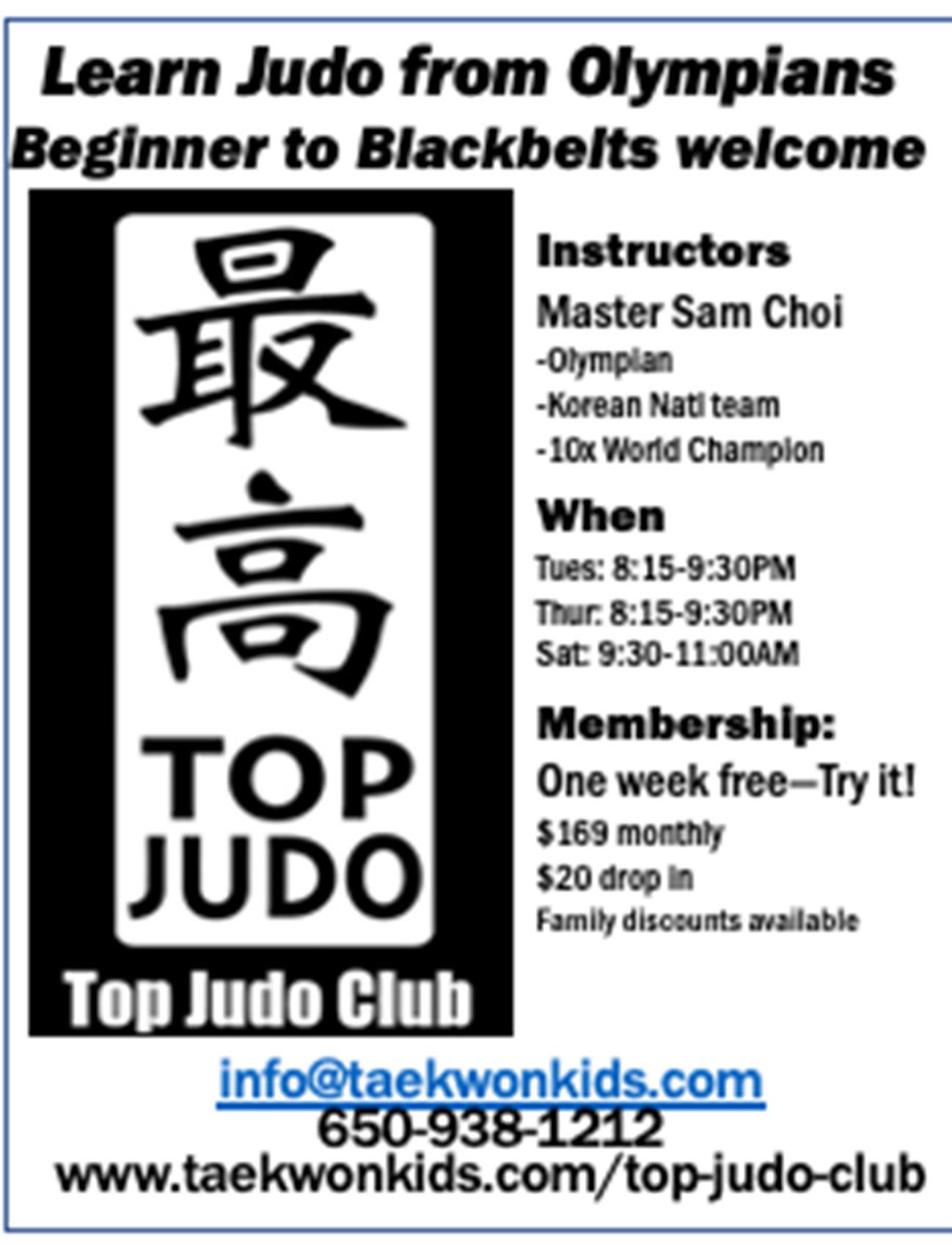

by IVAN IJZERMAN
lthough not as popular as the Indy 500 or NASCAR here in the states, Formula 1 is one of the largest and most popular sports in the world. We are sure many of you may not have the slightest clue what Formula 1 is, so we at Viking will explain.
To compare Formula 1 to a more simple sport, think of it at a track race except in cars that can move up to 400 kilometers per hour, or roughly 250 miles per hour, which generate G-Force equivalent to the planes of stunt flyers. Within Formula 1, there are 10 teams, each with two racers. Known as the best 20 racers on the planet, Formula 1 drivers are at the pinnacle of speed and skill, and work with the world’s greatest engineers to create the most technologically advanced cars in history. Races are held all around the world, including both historical circuits and some brand-new, never-driven-before tracks. Races last about 90 minutes, each lap averaging about a minute and a half. Each track is different so lap times and strategies are always changing from circuit to circuit.
The 2023 Formula 1 season consists of 23 races, each race granting points to the drivers who finish in the top ten. Points are awarded as follows: 25 points to the winner, 18 points to the second-place finisher, 15 points to the third-place, and all the way to the 10th who is awarded one point. Another point is awarded to the driver with the fastest lap, but only if they finish in the top 10.
Formula 1 is as much or even more a team sport as an individual sport. In the sport, it is equally or arguably even more important to place well in the individual championship with points won during the season as it is for your team to place well.
The last decade has been dominated by Mercedes driver Lewis Hamilton, winning the championship from 2014-2020










